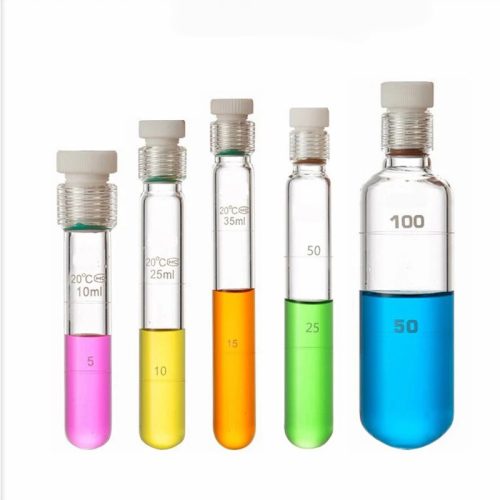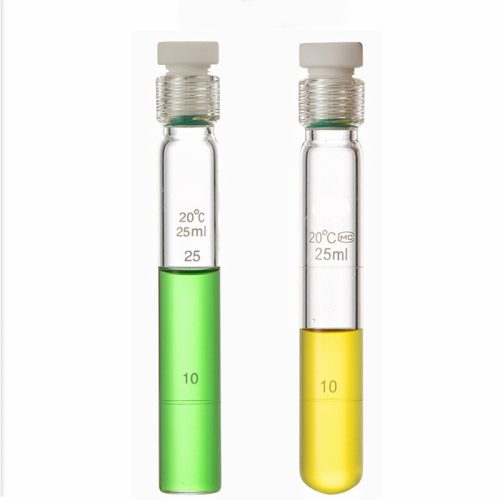Borosilicate tubing, a unique and versatile material, finds its utility across a wide range of industries. In this article, we will delve into the properties and diverse applications of borosilicate tubing, shedding light on its significance.
Properties of Borosilicate Tubing
The exceptional properties of borosilicate tubing stem from its composition, typically comprising silicon dioxide and boron oxide. Here are some key characteristics:
- High-Temperature Resistance: Borosilicate tubing can withstand remarkably high temperatures, making it ideal for applications in which heat resistance is crucial. It retains its structural integrity at temperatures well into the hundreds of degrees Celsius.
- Chemical Inertness: Borosilicate tubing exhibits a high resistance to chemical corrosion. It remains unaffected by acids, bases, and various solvents, making it a preferred choice in laboratories and industrial settings.
- Thermal Shock Resistance: This material is highly resistant to thermal shock, which means it can handle rapid temperature fluctuations without cracking. This property is especially important in high-temperature experiments and processes.
- Optical Transparency: Borosilicate tubing boasts exceptional optical transparency. This quality is invaluable when clarity in observation and analysis is paramount, allowing for the easy examination of contents within transparent materials.
Applications of Borosilicate Tubing
Borosilicate tubing finds extensive use in various fields, including but not limited to:
- Laboratory Applications: Borosilicate tubing is a common material in laboratories, employed in the fabrication of test tubes, reaction vessels, and other experimental equipment. Its high-temperature stability and resistance to chemical corrosion make it an excellent choice for chemical and biological experiments.
- Pharmaceutical Industry: In the pharmaceutical sector, borosilicate tubing is used for the production of drug containers and vials. Its resistance to chemical agents is crucial for the safe storage and transportation of pharmaceutical products.
- Glassblowing and Art: Artists and glassblowers often turn to borosilicate tubing for creating intricate glass art pieces, including various tube-shaped artworks and smoking accessories. Its ability to withstand high temperatures during the shaping process is particularly beneficial.
- Lighting: Borosilicate tubing plays a role in lighting applications, such as the manufacture of high-strength optical fibers. These fibers are instrumental in the fields of communication and illumination technology.
In summary, the outstanding properties and versatile applications of borosilicate tubing make it an indispensable material in numerous industries. Its ability to withstand extreme conditions, resist chemical corrosion, and offer optical clarity positions it as a material of choice in science, industry, and the arts. If you seek a material that can withstand the harshest of conditions while providing a clear view, borosilicate tubing is likely to be your answer.


